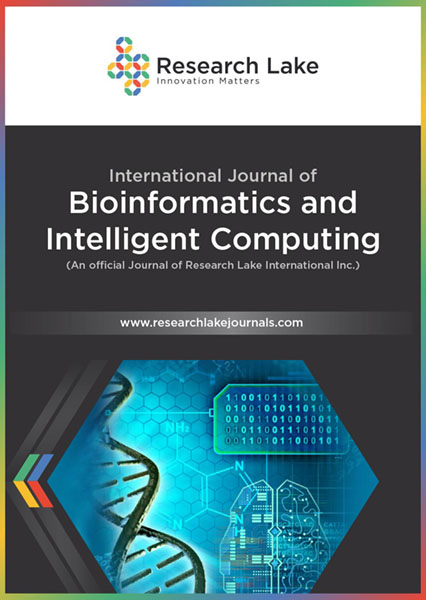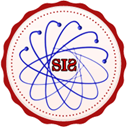Review on DNA Cryptography
Abstract
Cryptography is the science that secures data and communication over the network by applying mathematics and logic to design strong encryption methods. In the modern era of e-business and e-commerce the protection of confidentiality, integrity and availability (CIA triad) of stored information as well as of transmitted data is very crucial. Deoxyribonucleic acid (DNA) is a genetic molecule consisting of two linked strands that wind around each other to form a double helical structure. The backbone of each strand is made of alternating deoxyribose sugar and phosphate groups. To each sugar one of four bases are attached i.e., adenine (A), cytosine (C), guanine (G) and thymine (T). DNA molecules, having the capacity to store, process and transmit information, inspires the idea of DNA cryptography. It is the rapid emerging unconventional techniques which combines the chemical characteristics of biological DNA sequences with classical cryptography to ensure non-vulnerable transmission of data. This innovative method is based on the notion of DNA computing. The methodologies of DNA cryptography are not coded mathematically; thus, it could be too secure to be cracked easily.
Copyright (c) 2023 Mandrita Mondal, Kumar S. Ray

This work is licensed under a Creative Commons Attribution-NonCommercial 4.0 International License.
Copyright © by the authors; licensee Research Lake International Inc., Canada. This open-access article is distributed under the terms of the Creative Commons Attribution Non-Commercial License (CC BY-NC) (http://creative-commons.org/licenses/by-nc/4.0/).




















